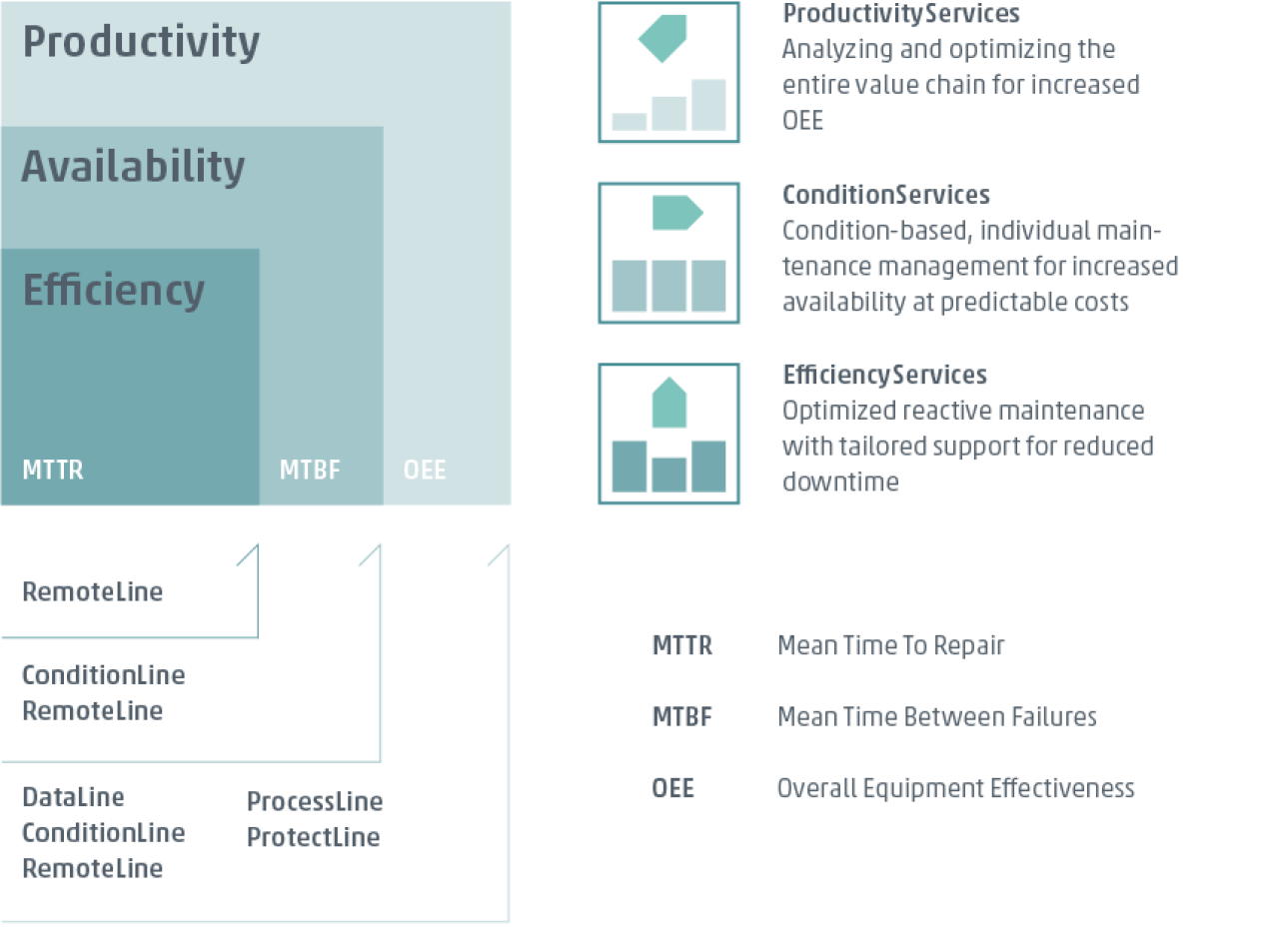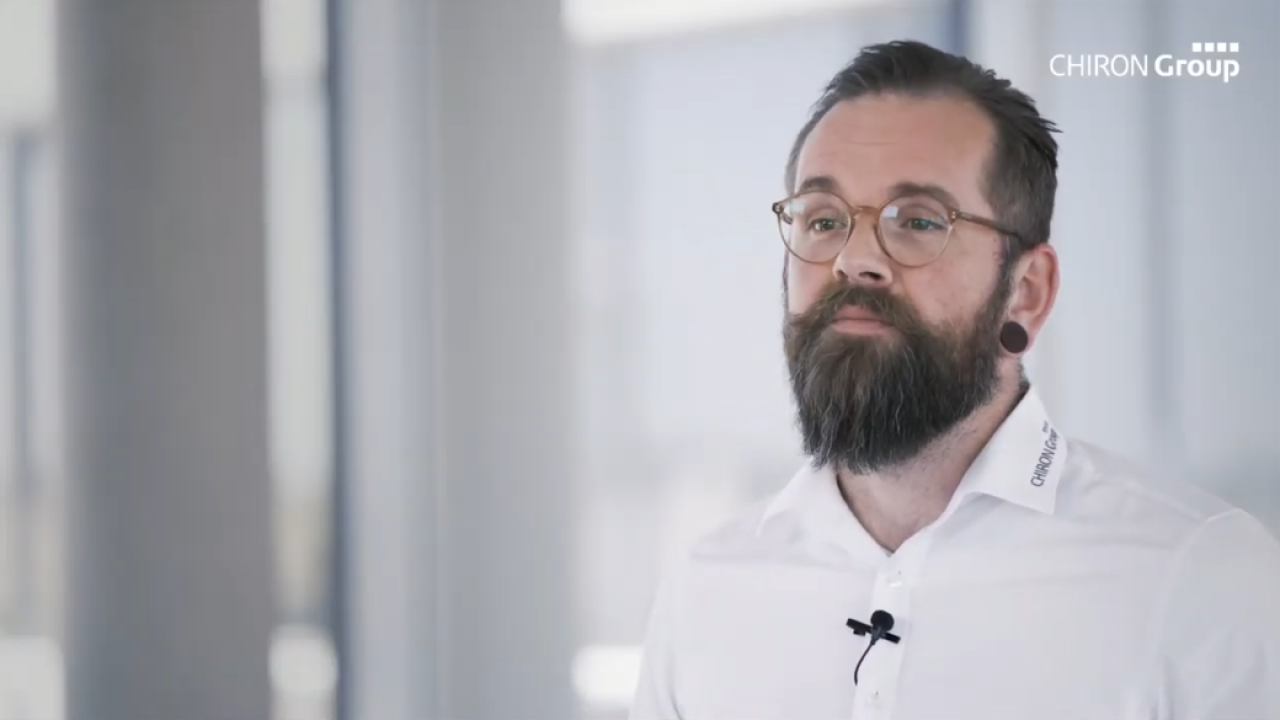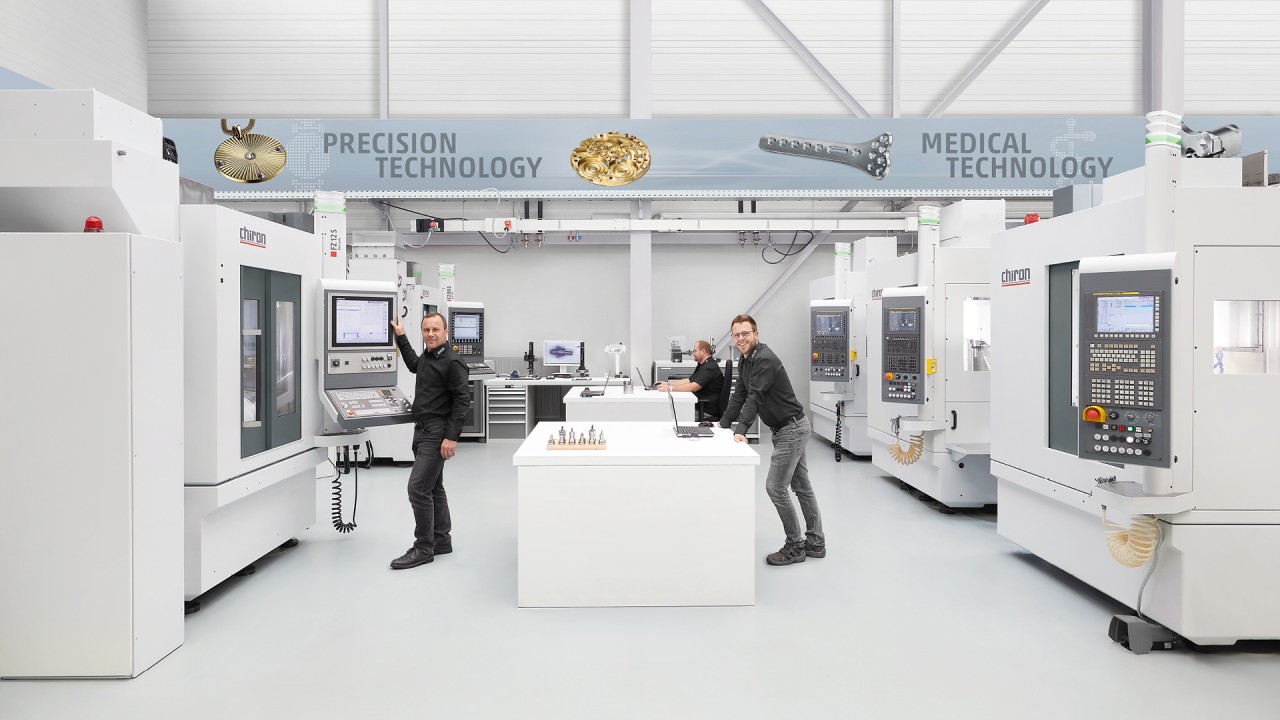(It is early
September when we meet Gerhard Ulmer in his office on the second story of the
STAMA premises in Schlierbach. Given the structural change in the automotive
industry already apparent from late 2018 and the COVID-19 pandemic, which has
dominated everything since March 2020, an entire industry is facing what is
certainly one of its most difficult challenges of recent times. This is also
true of STAMA Maschinenfabrik, now in its 82nd year of operation.)
Coronavirus is
everywhere, and many holiday destinations have been and remain high-risk areas.
Where did you go on holiday with your family this year?
For a number of years now, we've spent one week
at a coastal resort and one in the mountains. So the coronavirus crisis didn't
change things very much for us.
When you're on
holiday, do you prefer to sleep in or are you already jogging at 7 a.m.?
I can't really sleep in on holiday; my body
clock doesn't change that quickly. I just spend that time doing different
things like handiwork around the house and lots of reading. Unfortunately, I don't do much sport on holiday
– I still fall short in that area.
How well have you
been able to keep a work-life balance over your past 14 years as the Head of
Sales at STAMA?
In this job, it's almost impossible to keep
business totally separate from your private life. I've set some rules for
myself. For example, I only read e-mails in the evening and ring people back at
specific times. But I'm never really totally removed from the business side of
things.
A practical
question now – when the lease for your company car runs out, would you opt for
an electric car?
In my job, I have to drive around a lot so with
a pure electric car you'd have to be extremely organized. There are a limited
number of charging points and they also have time restrictions, so you'd need
to plan ahead. But I could imagine using a full hybrid as an interim solution.
I currently drive a mild hybrid with a diesel engine.
Following the
emissions scandal for diesel engines, it's now suspected that values for
gasoline engines have also been manipulated, with the Audi Q5 TFSI 2.0 cited as
an example. It is alleged that this car's steering lock changed the emissions
values. How much of a future do combustion engines still have?
When you take account of all of the climate
issues and industry policy considerations, that's not the key question. We're
in a situation where different types of drives are competing against each
other. We're seeing a mobility sector in the midst of a revolution. With the
development towards using hydrogen as a fuel, as well as synthetic e-fuels,
combustion engines will certainly have a role to play in the longer term. How
personal mobility looks in ten years' time will depend on which of the
currently available mobility concepts wins out. It is certainly possible that
various concepts will be used in parallel. It's not just cost-effectiveness
which matters nowadays but also environmental protection, conserving resources
and sustainability. For mechanical engineers like us, this market
situation means that we must set up our production facilities in a flexible
manner in order to successfully adapt to the challenges ahead.
According to the
German Association of the Automotive Industry (VDA), close to 80 million
passenger cars were manufactured globally in 2019. That is a good five million
fewer than in 2018. In Germany, the production figures fell by 16% between 2017
and 2019. To what extent is STAMA affected by this development – after all,
automotive business makes up a good two-thirds of the company's turnover.
For drivetrain and powertrain mechanisms, STAMA
has two key areas of expertise – injection technology and turbochargers. We've
also got applications on the market for the chassis, steering and brakes areas. The ongoing mobility revolution means that many
parts used in production will change. We need new solutions! And processes we
haven't even heard of yet! The market will continue to shift in the direction
of Asia. The best example of this is still China – where production figures are
rising and opportunities for growth are deemed to be better. Of course, this
also means that there will be fiercer competition to find the best solution.
For continued success in the future, we must construct versatile machines – with the key
objectives of reducing set-up times and improving availability (OEE) – as well
as maintaining our first-rate international sales. And we'll succeed together
in achieving this.
Tool manufacturers
constitute a large market segment for STAMA, at a good 15% of the market. A
considerable number of manufacturers use STAMA's MT technology. How do you
assess the future development in this area?
I'm quite positive. In terms of expertise and
experience, what we've built up in this segment over the past 20 years can be
applied to all industries extremely well. This has been the case with the MT
733 Series. Complete machining will certainly be a key technology in the
upcoming changes at production facilities all around the world. This is because
it's unrivaled in combining two elements – high flexibility and high
productivity.
Since the 1980s,
STAMA has been renowned for its highly productive TWIN machines. Do they play a
major role in the current product range and will they do so in the future, for
example to open up new markets?
Yes, they do. As you've already mentioned,
STAMA grew thanks to its two-spindle machining systems for high-capacity series
production. We believe that there's further potential across industries. In 2003, we combined the 8 Series TWIN with MT.
Our customers appreciate the combined benefits of multiple spindles, five-axis
technology and milling-turning functionality – and this will still be the case
in the future. With our experience and knowledge of perfectly bringing high
productivity with high flexibility to meet individual requirements, we're at
the forefront in this field.
In your marketing
material, you describe STAMA as "the turnkey factory". Please briefly
explain what this means.
Turnkey solutions are at the core of the STAMA
brand. We now supply customers with the complete technology package for 90% of
our machines. We'll find the best solution for them and select the right
machine from our product range. Our aim is to machine workpieces to the
required quantity and quality, while also achieving the best unit costs. This
means that we're a turnkey factory rather than a pure machine manufacturer and
STAMA puts this spirit into practice.
STAMA is affected
by one aspect of the CHIRON Group's restructuring measures – the relocation of
manufacturing and assembly from Schlierbach to the sites at Neuhausen ob Eck
and Tuttlingen – what can you tell us about this decision?
When it was first announced, this decision must
have been difficult for all those affected to understand or even to comprehend.
But, as was already indicated in the press releases, STAMA, the CHIRON Group
and the entire industry are facing considerable reductions in incoming orders
and this has certain consequences that are now also being felt by STAMA. It's
becoming increasingly important to manufacture the machines where they're used.
In our target market of China, the new CHIRON Group plant was therefore
established in the city of Taicang and designed using state-of-the-art methods
and technology. Similarly, the new plant at Neuhausen ob Eck was set up for our
entire European market. Gaining a competitive advantage by cost-optimizing our
machines and assembling them with a high degree of digitalization is part of
the CHIRON Group's strategic approach. Having spent 33 years at STAMA and gone through
the crises of 1993 and 2008/2009, I've learned that things certainly won't be
easy and it will probably take a few years before we've worked our way back to
a strong economic position. But in order to come out of this crisis and reach
that point again, it's vital that, in addition to offering new innovative
products, we remain structurally and organizationally flexible. STAMA will also
succeed in this area.
The service team
makes a key contribution to the total turnover and, like the sales team, will
still be based in Schlierbach. Does this mean that the two elements of
"point of sale" will stay the same
location together?
Yes! At the end of the day, customer
satisfaction is key. It's therefore important that the sales and service teams
are and remain closely interlinked – both with respect to their
mindset
and location. Our turnkey factory's
areas of expertise – in other words, our engineering, market insight and
creative problem-solving – will remain based at Schlierbach.
As STAMA's new
Managing Director, Mr. Ulmer, what do you consider to be your most important
and pressing task in the near future?
With the technology and staff at Neuhausen ob
Eck, we have the ideal foundation for delivering our proven machine quality.
From a logistical and organization point of view, it's certainly not going to
happen by itself, but all the division managers at STAMA and CHIRON are
prepared accordingly. Alongside managing this relocation process, I think that
an equally important challenge will be to bring out the STAMA Sprit. While a
brand thrives on its products, it really prospers from its staff's belief in
its products. All employees of the CHIRON Group must be aligned with this and
be motivated so that our customers, technology partners and suppliers are still
justified in placing their trust in us.
And just one
personal question to finish with, can you plan for everything in life or should
you just go with the flow?
I think it's right and important to have a
plan. If you have a plan, that also means you've got a goal! If things happen
that are outside your control, you will need to change the plan as needed.
Anyone with a family or children knows that you need to constantly adapt to new
situations. But, ultimately, it's a question of attitude, and mine always tends
to be a positive one. (The last question was answered with a smile.)















